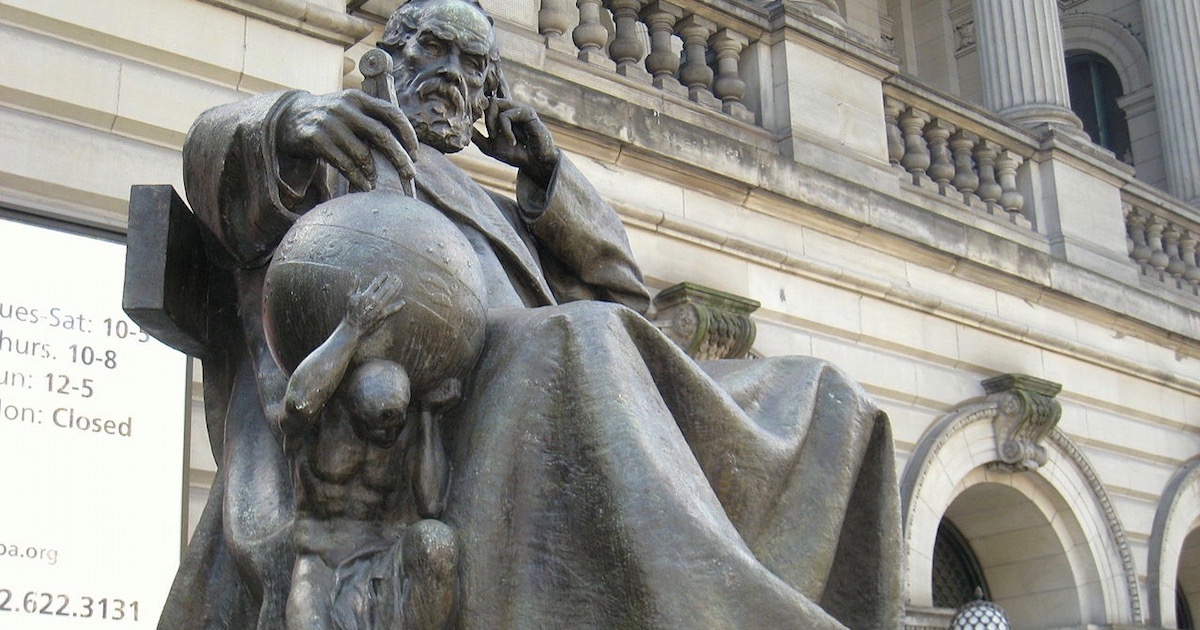
**Historians Identify Autocratic Tactics in Trump’s Criticism of Science**
On 31 August, The New York Times released an opinion article by William J. Broad entitled “Historians Identify Autocratic Tactics in Trump’s Criticism of Science.” This article highlights past situations in which those in power have suppressed scientific endeavors, drawing connections to President Donald Trump’s allegedly comparable behavior.
The piece begins with a critique of Trump’s approach to science, implying it reflects the strategies of historical autocrats. The article utilizes various historical instances, such as Galileo’s trial, the persecution faced by Giordano Bruno, and the Catholic Church’s historical position on heliocentrism, to demonstrate how curbing scientific exploration has been a common tactic among leaders aiming to fortify their authority.
**Factual Errors and Misrepresentations**
One commentator, known as HISTSCI_HULK, criticized the article for its inaccuracies and dramatized depictions. For instance, the representation of Galileo’s trial is compared to a Pieter Bruegel painting, amplifying the seriousness and showiness of the occasion. In reality, Galileo’s trial was more restrained, conducted with respect due to his advanced age and poor health.
Additionally, the article continues the misconception that Giordano Bruno was executed solely for advocating Copernican heliocentrism. The justifications for Bruno’s execution were far more intricate, involving his heretical theological beliefs. The objections from the Roman Catholic Church were not exclusively concerning his cosmological ideas.
HISTSCI_HULK also challenges the assertion that the Church believed the universe revolved in acknowledgment of Earth. Instead, the Ptolemaic geocentric model, which the Church adopted, was largely accepted prior to the Copernican revolution and did not claim the Earth was the ultimate center.
**Copernicus and the Church**
The article posits that Copernicus presented indisputable proof for heliocentrism in 1543, which is contested by scholars who assert that Copernicus’s model lacked empirical evidence for the movement of Earth—a dilemma that remained until the discovery of stellar aberration in 1725.
Moreover, the Church’s conditional placement of Copernicus’s work on the Index of Prohibited Books was rescinded relatively swiftly, counter to the article’s suggestion of a prolonged prohibition.
**Church’s Scientific Embrace and Misinterpretation**
The article juxtaposes the Church’s alleged suppression of science with its incorporation of technologies like solar observatories to enhance the calendar. This adaptation was not contradictory but represented a sincere interest in scientific inquiry, with numerous clerics making significant contributions to astronomical study.
The idea that the heliocentric ban persisted for centuries simplifies the intricate historical relationship between science and religion. The Church demanded that heliocentrism be regarded as theoretical rather than factual—a stance echoing the scientific consensus of that era. Though later formally rescinded, the ban effectively diminished by the mid-18th century.
**Blending with Secular Autocrats**
The article asserts that historically, rulers mimicked the Church’s repression of open inquiry while benefiting from technological advancements. However, state control over science existed before the Church’s involvement with heliocentrism, challenging the legitimacy of this comparison.
In summary, while the New York Times article strives to draw impactful modern parallels, its historical examination draws criticism for inaccuracies and a superficial handling of intricate events, ultimately raising questions about the application of history in current political discourse.
